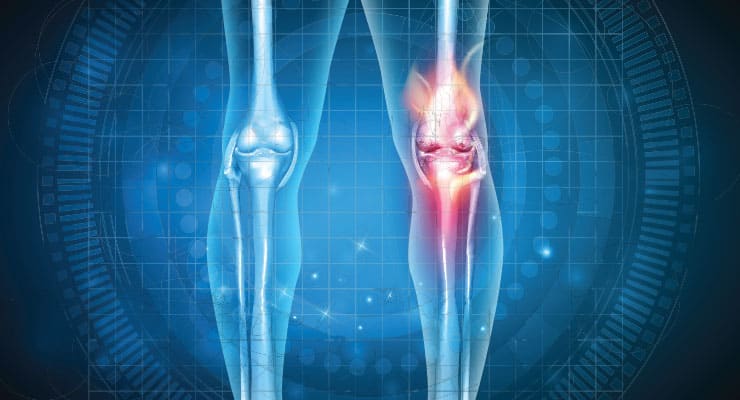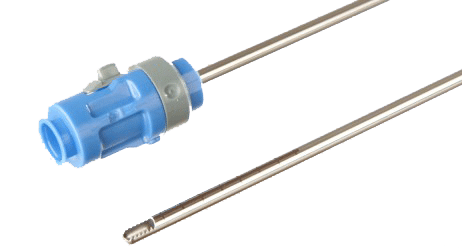CUSTOMER SITUATION
A large medical technology company acquired a line of 18 single-use accessories for laparoscopic surgery. It planned to redesign the molded components with the goal of reducing manufacturing cost without compromising quality.
The customer set an aggressive schedule to design, fabricate, validate, and transfer to production tools for 23 complex molded components in preparation for its FDA submission.
Having worked with Viant previously, the customer chose Viant because of its excellent track record with similar tool fabrication and injection molding projects.
VIANT SOLUTION
Viant assembled a dedicated, cross-functional team that held weekly meetings to update the customer on the project and to provide Design for Manufacturing support. Project management skills were critical.
Tools that were previously 1- or 2-cavity tools were redesigned as more efficient 4- and 8-cavity tools. The tools were also redesigned from cold-runner tools to hot-runner tools, which require less material and reduce waste. Viant was able to design inserts so that one tool could be used to make multiple molded components, saving additional costs.
The Viant team used Value Engineering and its Global Tooling Systems to achieve optimal balance of performance, quality, delivery, and cost to quickly fabricate complex, high quality, multicavity hot-runner production tools that met the requirements of a rigorous validation.
To save time, the customer opted to go right to production tooling. Viant managed the supply chain to ensure fabrication of complex, high-quality, multicavity hot-runner production tools with fast lead times.
Viant’s logistics management allowed for fast turn-around, which enabled the team to provide the customer with functional test samples of the molded components and to begin executing validations within days after the molds arrived.
Viant leveraged its Tooling Center of Excellence and team members’ technical expertise in tool fabrication and injection molding to overcome challenges that arose during the validation phase.
For example, one molded component was prototyped, but not fully designed, when a 4-cavity tool was launched. Working with both its tool supplier and the customer, the Viant team implemented several significant design changes and quickly provided molded component samples for customer testing.
Over the course of the project, the customer made some design changes that added pressure to the timeline. Several other molded components also had final details developed after tools were made or after the first samples were tested. Despite these challenges, the team was able to submit complex Product Quality/ Product Part Approval Process (PQ/PPAP) reports on time. Viant also completed secondary operations such as pad printing and ultrasonic welding.
The Viant team’s ability to remain flexible, to work together, and to quickly execute design changes were keys to success in meeting the timelines.
OUTCOME
Viant successfully designed, fabricated, validated, and transferred to production tools for 23 complex molded components, meeting cost targets and an aggressive time line. The customer was delighted and is currently working on its FDA submission. Viant continues to be a key injection molding supplier to this customer.



